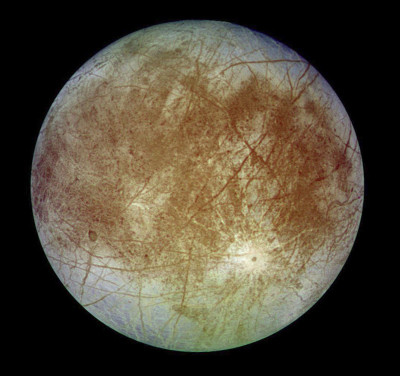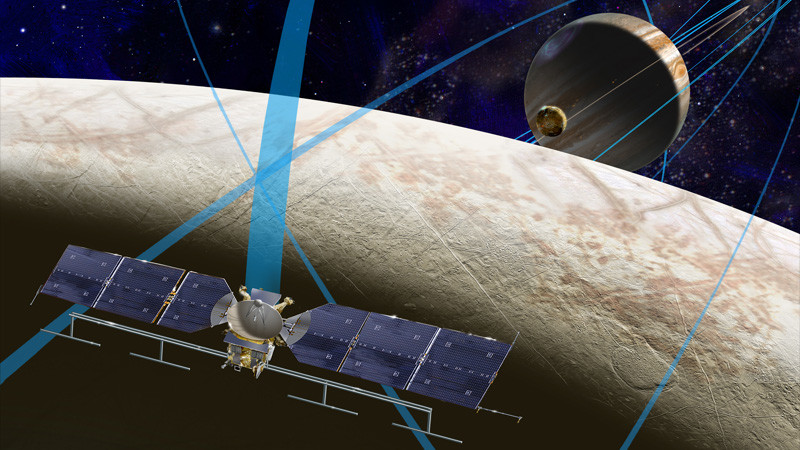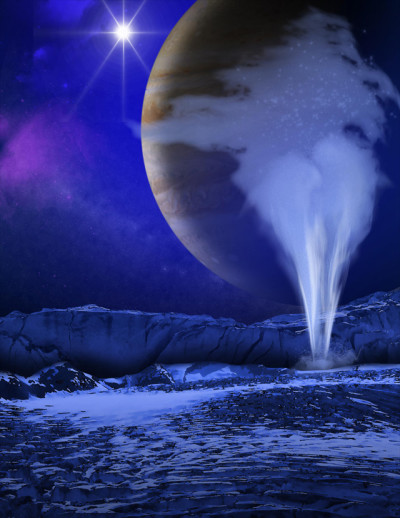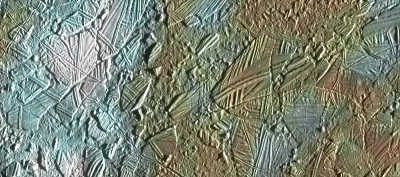A new mission of ocean exploration is in the works—but this one isn’t bound for any place on Earth. It’s a NASA spacecraft destined for a voyage to Jupiter’s icy moon, Europa, which, though only the size of our own moon, may harbor an ocean twice the size of Earth’s.
In the late 1970’s and early 1990’s, NASA’s Voyager and Galileo spacecraft returned tantalizing images of Europa–pictures that revealed a smooth, icy crust scored with cracks reminiscent of those in sheets of floating sea ice on Earth. These observations led to the exciting speculation that a vast ocean of liquid water lay hidden under a floating crust of ice.
The presence of a body of water five times farther from the sun than the Earth has made Europa one of the most intriguing objects in the solar system, and probably the most likely place for finding some form of life beyond the Earth.

The speculation even found its way into fiction, in Arthur C. Clarke’s “2010: Odyssey 2,” with some form of animate photosynthetic tendrils reaching out from a crack in the ice to pull a doomed spacecraft—and most of its crew—into the dark depths below.
NASA’s new mission to Europa, to be launched in the 2020s, will seek to confirm the existence of Europa’s exo-ocean and assess its suitability as a potential life-friendly environment. Recently, NASA moved a step closer to realizing this expedition when it selected nine proposed instruments that will form the science payload of the spacecraft.



